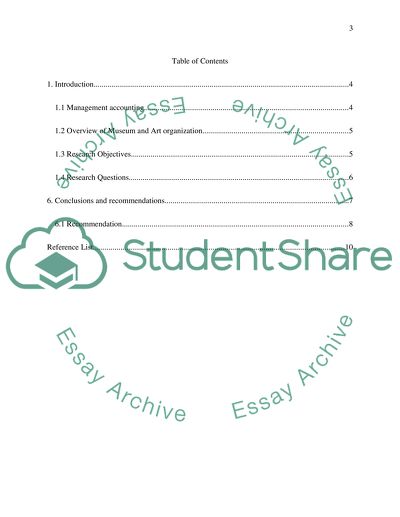Cite this document
(“Management Accounting and Finance in U.K. Museums and Music Dissertation - 1”, n.d.)
Management Accounting and Finance in U.K. Museums and Music Dissertation - 1. Retrieved from https://studentshare.org/finance-accounting/1484805-management-accounting-and-finance-in-uk-museums-and-music-organisations
Management Accounting and Finance in U.K. Museums and Music Dissertation - 1. Retrieved from https://studentshare.org/finance-accounting/1484805-management-accounting-and-finance-in-uk-museums-and-music-organisations
(Management Accounting and Finance in U.K. Museums and Music Dissertation - 1)
Management Accounting and Finance in U.K. Museums and Music Dissertation - 1. https://studentshare.org/finance-accounting/1484805-management-accounting-and-finance-in-uk-museums-and-music-organisations.
Management Accounting and Finance in U.K. Museums and Music Dissertation - 1. https://studentshare.org/finance-accounting/1484805-management-accounting-and-finance-in-uk-museums-and-music-organisations.
“Management Accounting and Finance in U.K. Museums and Music Dissertation - 1”, n.d. https://studentshare.org/finance-accounting/1484805-management-accounting-and-finance-in-uk-museums-and-music-organisations.


